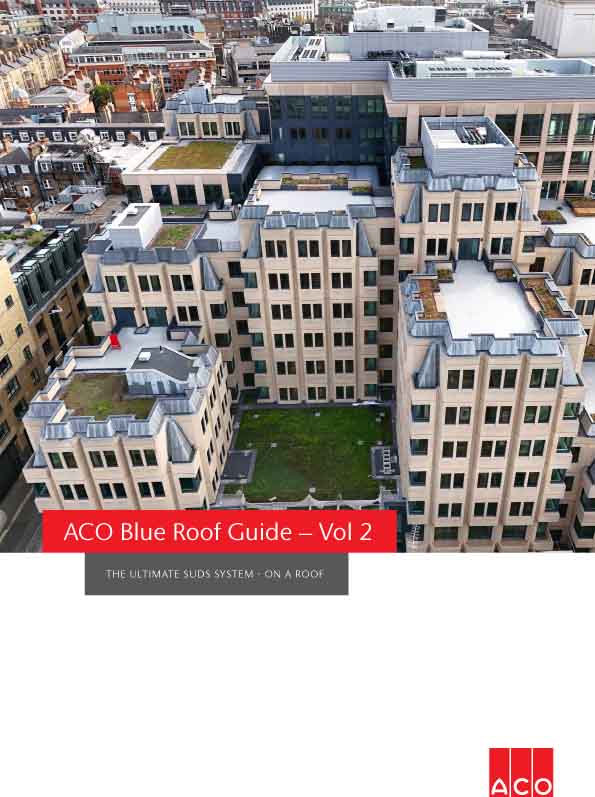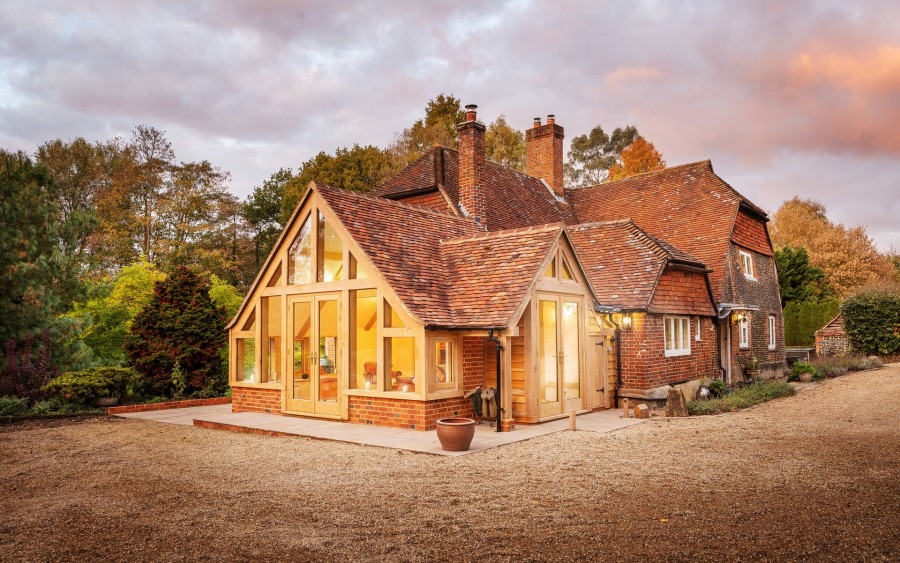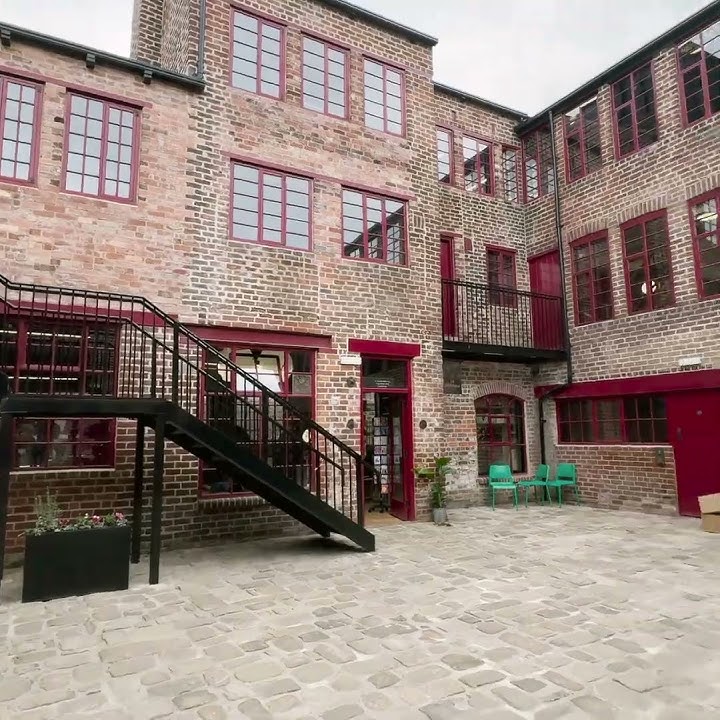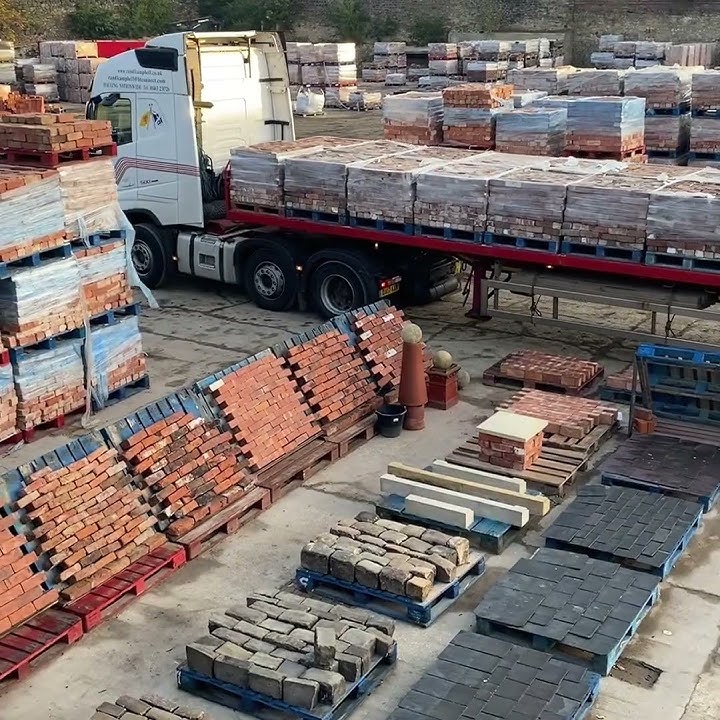Government’s proposals to raise private sector housebuilding through changes to the National Planning Policy Framework may deliver up to a total of 1.12 million new homes by 2029 through the private sector, according to Centre for Cities estimates based on historical analysis of the last 80 years of housebuilding.
Historic trends show that, if private development rose to the same level as its strongest ever period of performance under the current planning system, it would still fall 388,000 homes short of delivering the Government’s 1.5 million target by 2029 – a shortfall that is unlikely to be bridged in full by public sector housebuilding within the next five years.
The under-delivery of new housing following the latest planning reforms is forecast to be largest in big cities. Centre for Cities estimates that over four years private development would fall 196,000 new homes short in Greater London – 60 per cent below the area’s target. In all other big cities, it would come to 96,000 below target.
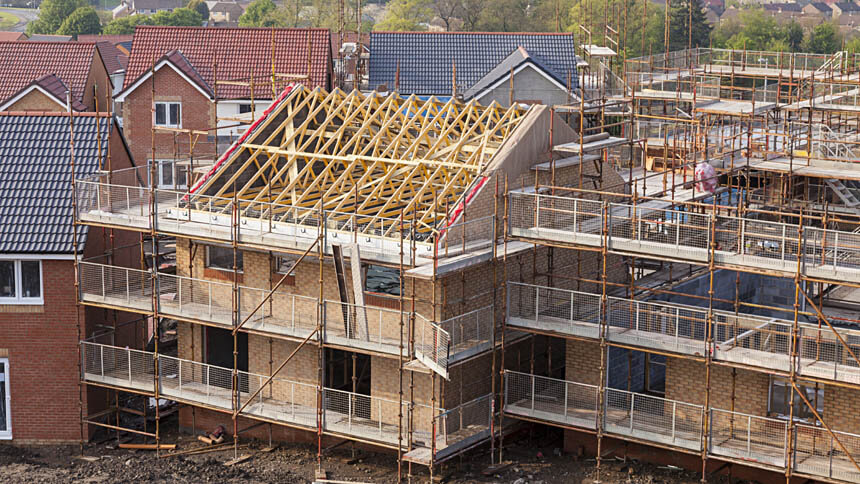
Using 80 years of data, the analysis shows how housebuilding is constrained by the discretionary planning system in cities and by the green belt – explicitly established to block suburban development. Neither of these is adequately addressed in the Government’s latest proposals for housing and planning.
If the private housebuilding sector is to help the country meet its target, Centre for Cities argues that the Government is faced with a choice either to scrap the green belt completely or remove the discretionary element of the planning system.
Achieving historic high levels of housebuilding in cities also requires greater public sector intervention to enable brownfield development and encourage densification, and a substantial increase in grant for public housebuilding.
Centre for Cities’ projections are based on analysis of a newly-digitised dataset showing the private and public sector housebuilding rates for all local areas in England since 1946.
It found that almost every part of the country needs to build more private homes than the current system has delivered in 80 years in order to meet its new housing target. For Greater London, this requires adding more homes on an average annual basis than it did during its postwar high period from 2001-2022 and, for the rest of England, a higher rate than during its 1954-1979 high period.
Andrew Carter, Chief Executive of Centre for Cities, said: “Rightly, the Government has set a bold housebuilding target. For the country to achieve it, parts of England would have to reach an 80-year high in housebuilding. This would be a huge positive for the country but the approach has to be much more ambitious.
“We’re in a productivity crisis. The UK’s big cities are the jobs and productivity engines of the economy but our planning system doesn’t allow – and has never allowed – them to build an adequate supply of homes for everyone that could work there.”
Alongside its analysis, Centre for Cities recommends:
- Replacing the current discretionary planning system with a rules-based, flexible, European-style zoning system.
- Releasing some green belt land for development, especially in walking distance of railway stations with connections to England’s most expensive cities.
- Pursuing an “Economy First” approach in the English Devolution White Paper to simplify planning.
- Overhauling the London Plan to reduce restrictions to development in the capital.
- An expanded role for the public sector in assembling land and preparing brownfield sites for development.
- A substantial increase in grant funded public housebuilding, with a focus in cities, where affordability and quality outcomes are currently worst.
Previous Centre for Cities research in 2023 showed that the UK has a backlog of 4.3 million missing homes that were never built because of its housebuilding underperformance relative to comparable European countries since 1947 when the current, discretionary planning system was introduced.
Andrew Carter added: “By removing the discretionary element of the planning system, the UK would bring its planning system in line with most developed economies, remove a big block on housebuilding and enable places to better respond to future rises in demand for homes.
“We have done wholesale planning reform before and we can do it again.
“What we can’t do is raise national economic growth – and reduce the strain high housing costs place on people’s spending power – if we don’t address the backlog of missing homes.”










